How the U.S. Immigration System Tears Established U.S. Communities Apart
In the popular imagination, immigration is an issue relegated solely to the border and affects new arrivals trying to reach the United States. This is what most often gets covered in the media: caravans of Central Americans traveling toward the border, newly-arrived families separated as a matter of cruel policy, people crossing the desert and the Rio Grande, or those stuck in Mexico waiting for their number to be called.
But in fact, a large number of those imprisoned in prolonged immigration detention are people who have resided in the US for years and years – people with steady jobs, families, strong community ties, and even immigration status, and who are now at risk of being deported from the only place they call home.
Take ILD’s client “Ricardo,” who was brought to the United States when he was nine. Now in his forties, he is incarcerated in ICE Detention and faces deportation back to Mexico – a place where he has no ties, a place that is far away from his disabled mother and daughters, and a place where he fears for his life. When he was younger, Ricardo made a number of poor life choices born out of economic insecurity and pursuit of safety in unstable circumstances: he joined a gang as a teenager seeking protection from a rival gang that was threatening him (a life which he has long since left and fully renounced), and when he experienced homelessness, he took possession of a gun that, though he never used it, offered a sense of protection on the streets.
These were bad decisions, yes. But too often, immigrants are expected to hold flawless records and are relegated to an impossible and dangerous binary of “perfect angel” or “dangerous criminal.” Ricardo, like most of us human beings, is neither. But low-income immigrants of color aren’t afforded the opportunity to change for the better or to right past wrongs – in spite of the fact that their mistakes are often by-products of living in a vastly unequal society where it is becoming more and more difficult for working-class families, and especially working-class families of color, to survive.
Much time has passed since Ricardo’s poor decisions. He served his time in prison. He is a devoted father and son; before he was locked up, he was caring for his daughters, one of whom struggles with mental health issues, and acting as the sole caregiver to his permanently disabled mother. Yet even so, in the eyes of the US government, Ricardo is and always will be a criminal and must be treated as such. He now faces deportation back to Mexico – where he fears he’ll be killed as a result of past gang involvement. And the U.S. is his home.
Another of ILD’s clients, “Manuel,” lived in the U.S. since he was five years old. In 2016, he was caught shoplifting. Because there was a gun in his car at the time–a mistake he deeply regrets–Manuel was charged with armed robbery, a completely bogus charge given the fact that the gun wasn’t even in his possession when he stole from the store. A criminal defense attorney encouraged him to plea without advising him of the immigration consequences of doing so (this is an all too common experience for non-citizens interfacing with the criminal justice system – ILD supports many clients dealing with the aftermath of poor counsel on the implications of criminal convictions on their immigration cases). Since serving his prison sentence, Manuel has been locked up in immigration detention and faces deportation, just like Ricardo. And just like Ricardo, the U.S. is his home; he has practically never lived anywhere else.
The so-called criminal justice system is notoriously racist and classist, adversely impacting men of color like Manuel and Ricardo and their families and communities. The U.S. immigration system is also a mechanism of racial exclusion and human rights abuses.
Because immigration proceedings are considered civil matters, immigrants in these proceedings are stripped of due process and rights that they would be afforded in analogous criminal proceedings, such as the right to speedy trials and the right to counsel. And as civil matters, courts contend that detention and deportation are not considered “punishment” analogous to prisons. Yet immigrant communities know all too well that detention, as well as the threat and reality of deportation, are clearly wielded as instruments of punishment, abuse, and deterrence meant to terrorize immigrants of color – including those who have long resided in the US and made many contributions to our society and economy.
The machinery of U.S. immigration detention and deportation is cruel, costly, and unnecessary – a system full of daily abuses, heartbreaks, and human rights violations, big and small. Just like mass incarceration in the criminal system, detention and deportation cleave families, decimate communities, and create irreparable generational harm across the US – not just for newcomers, but also for people who have long resided here, paid taxes, worked jobs, sent their children to school, and secured immigration status in spite of the many barriers to doing so within our current system.
In this way, detention and deportation are elements of what researchers Tanya Golash-Boza and Pierrette Hondagneu-Sotelo term “a gendered racial removal program” – one that disproportionately impacts working-class Latino Men like Ricardo and Manuel and is explicitly designed to punish, remove, and exclude them from US society.
